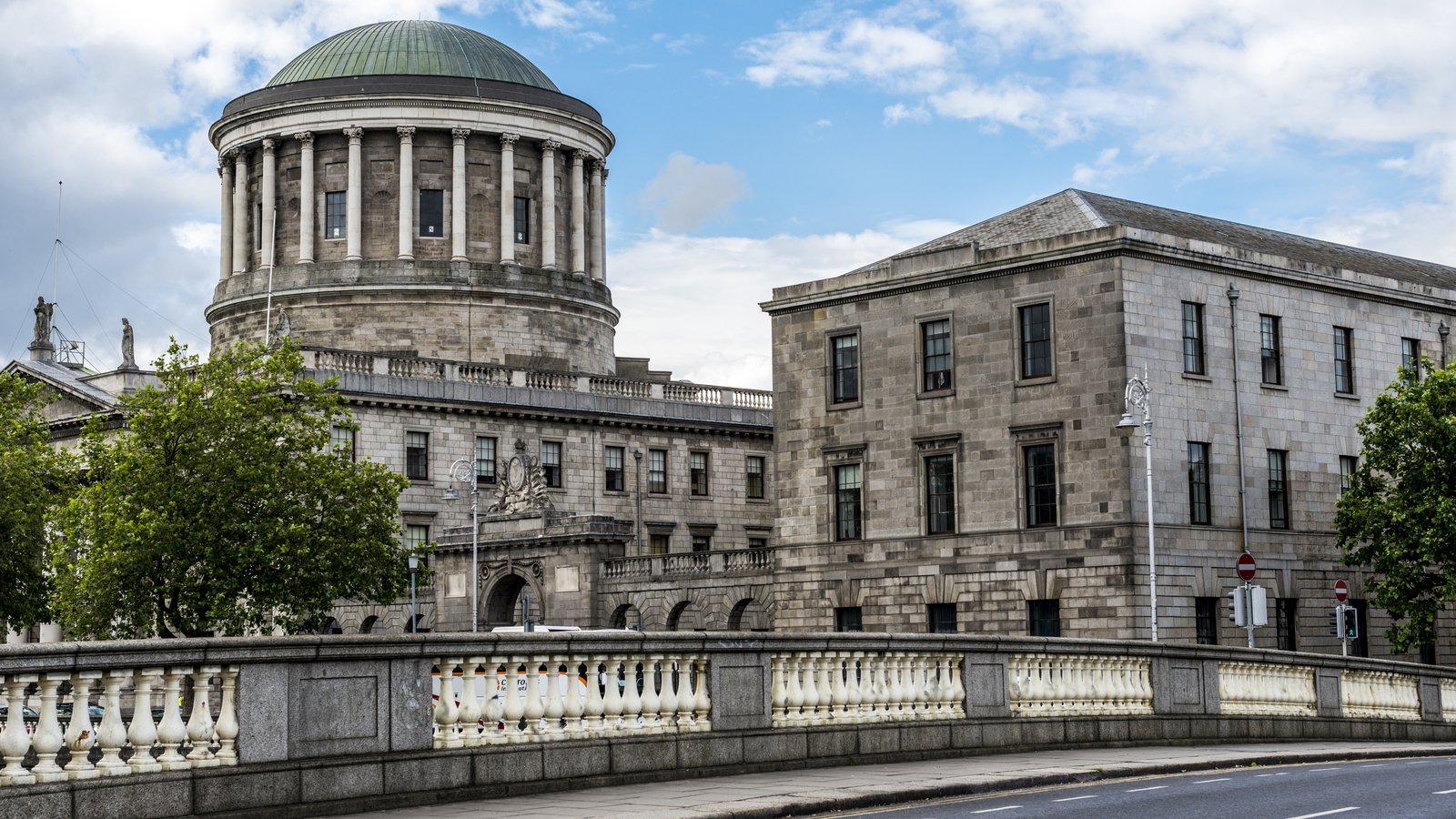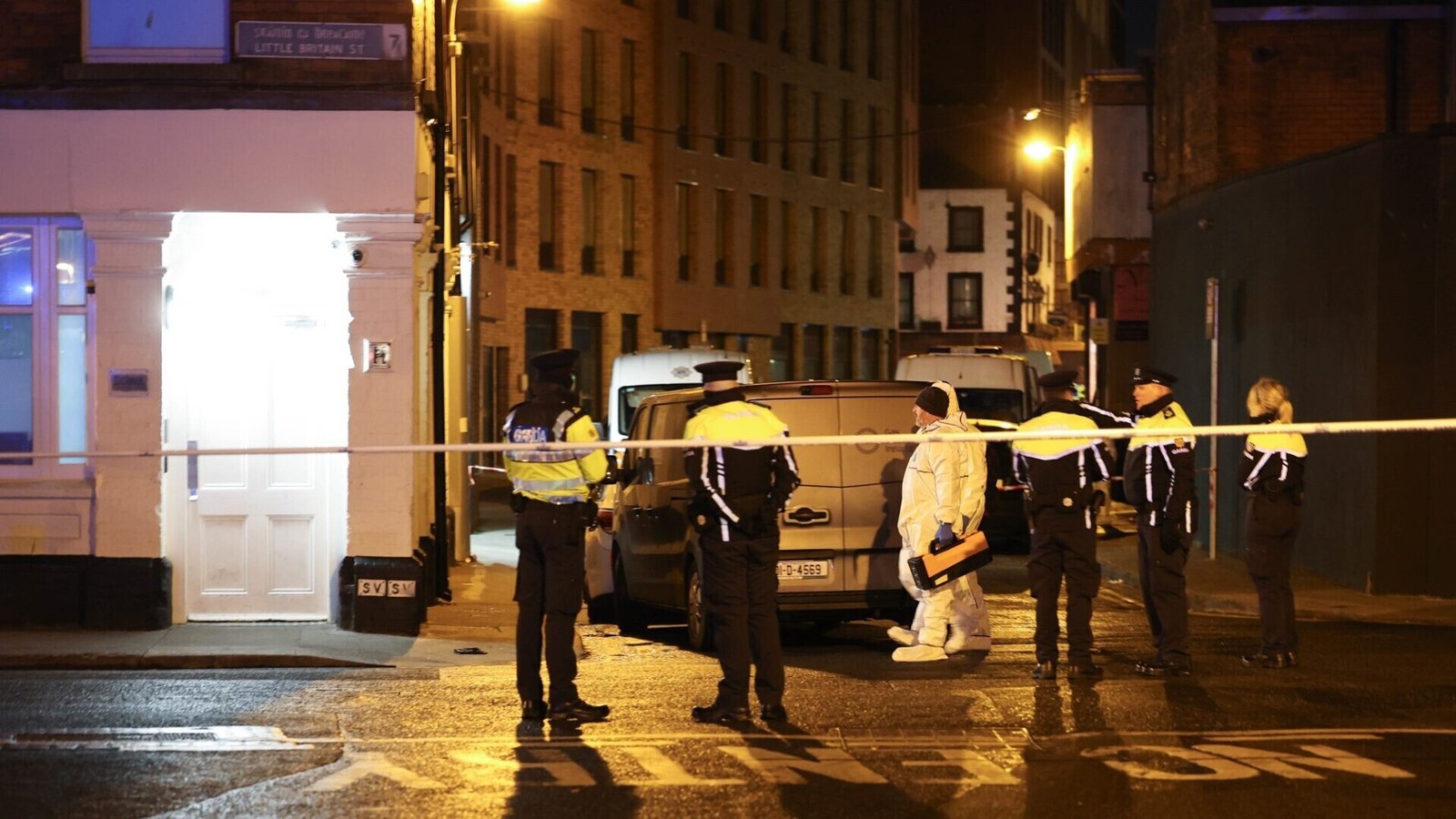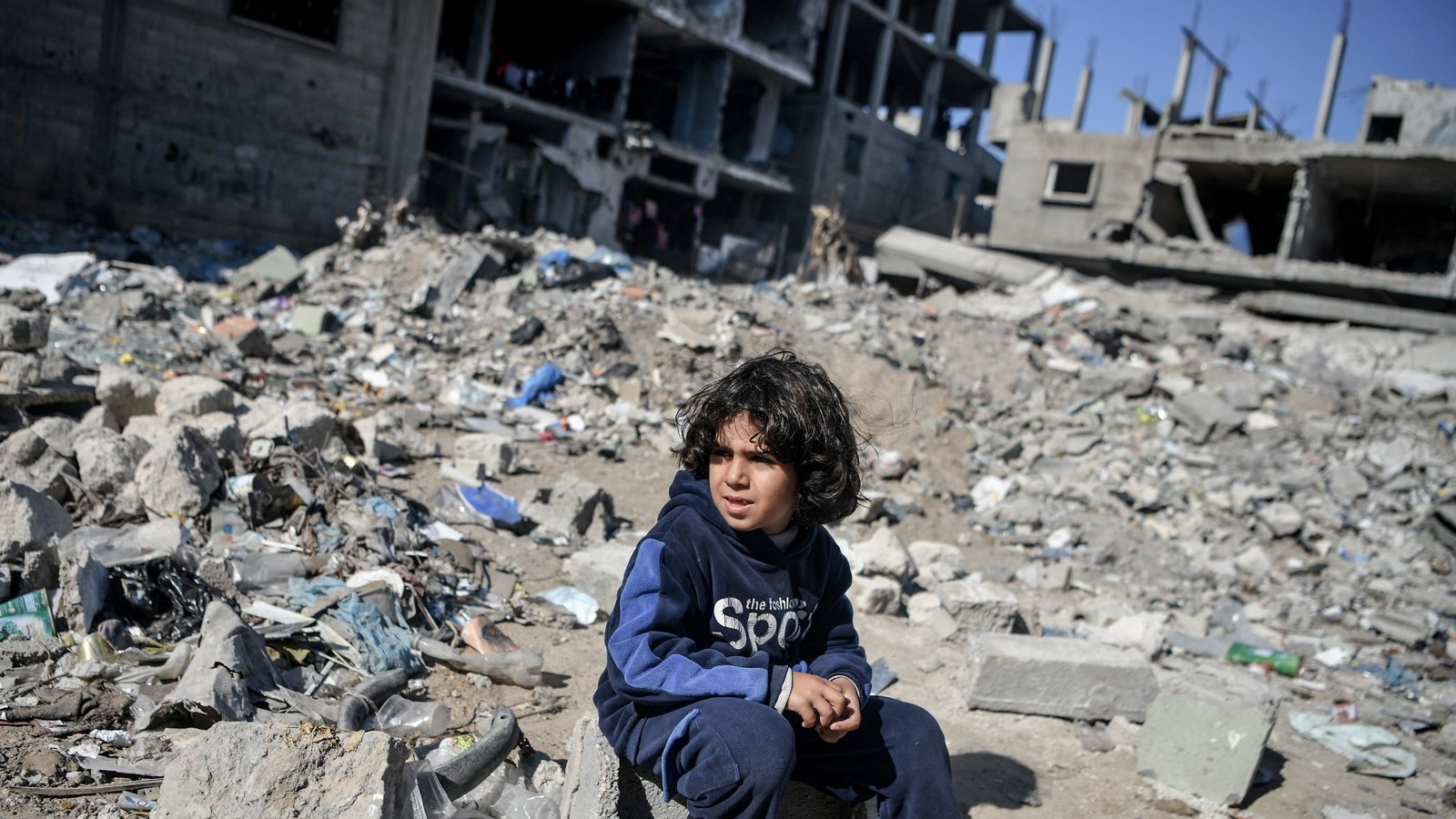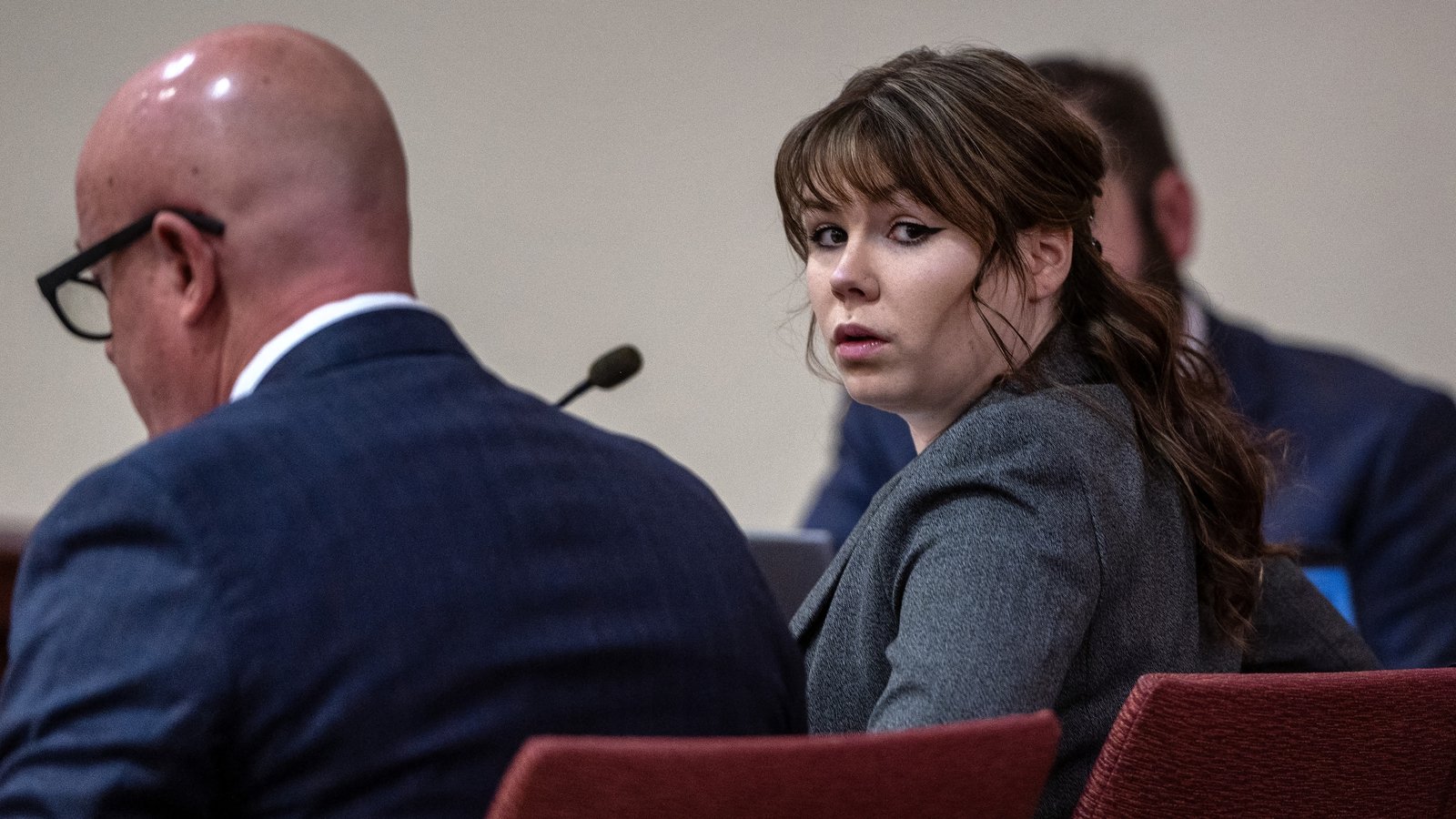flickering dreams and the coming storm
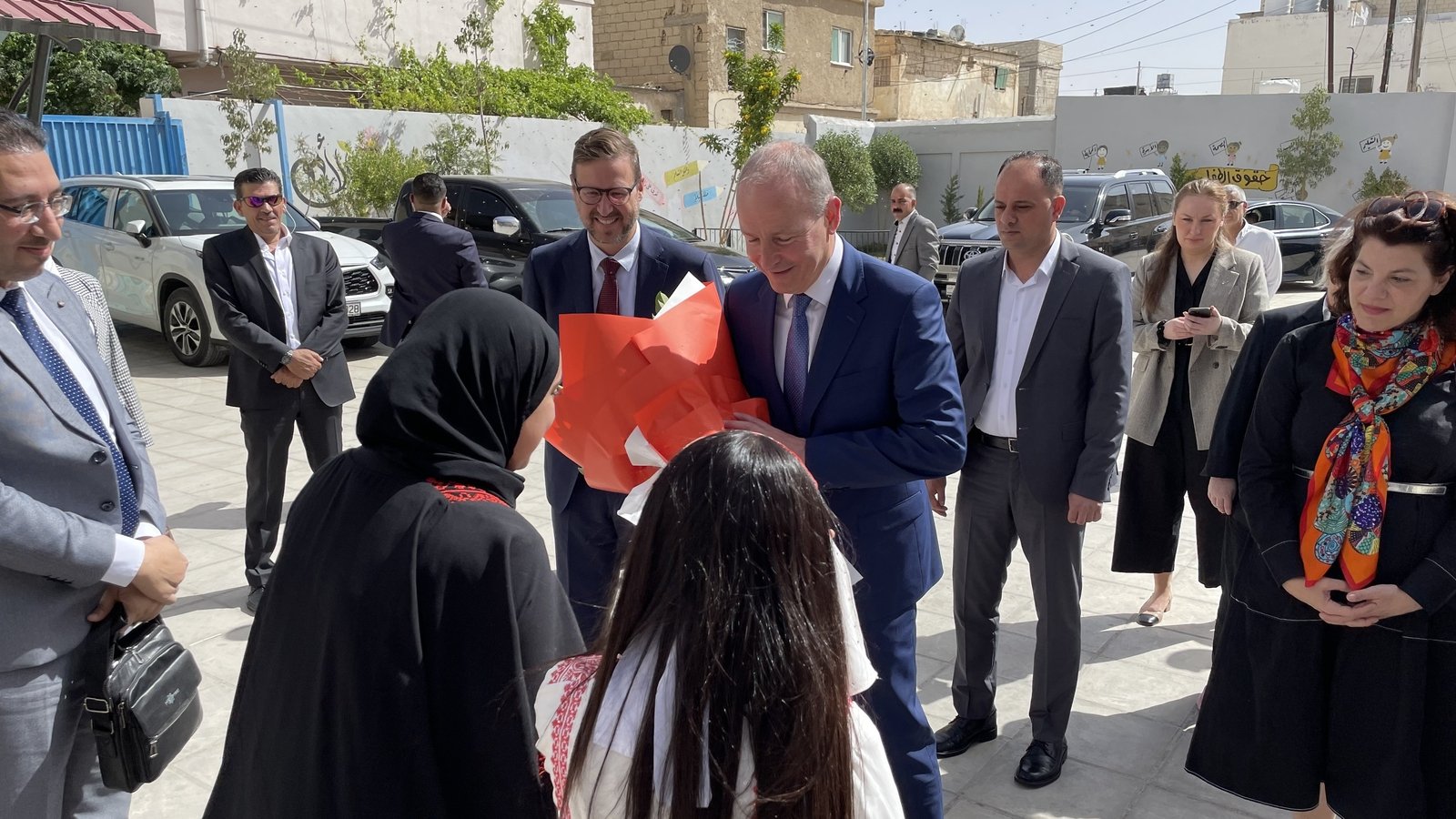
In the classroom, 11-year-old Tala dreams of being a doctor, while Lubna, her schoolmate, wants to be an architect.
Palestinians do not dare to dream much, certainly in the West Bank and Gaza, but in Jordan – home to 40% of the region’s 6.7 million refugees – most can work and pursue educational attainment.
Tala’s elementary girls school in the Talbieh refugee camp south of Amman is run by UNRWA, which this week breathed a sigh of relief after the independent Colonna Report said the Israeli authorities had provided no evidence that its staff had participated in the 7 October Hamas attacks.
The report, however, pointed to persistent problems with some of the 32,000 UNRWA workers, the vast majority of whom are Palestinian, remaining neutral, and it recommended changes.
“We embrace them, and we are already working on implementing them,” Jordan UNRWA director of external relations Tamara Alrifai told RTÉ News.
“It takes a lot to get everybody fully compliant with neutrality. But the report rightly confirms that UNRWA does have sturdy internal system guidelines, procedures and mechanisms to ensure that our safeguards against violations of neutrality are in place.”
The Talbieh school is funded until the end of June, but the sudden withdrawal of funding by 18 governments was a shock, given the role it plays in educating children and providing basic healthcare.
Those needs have been psychological, given that many children have roots in Gaza dating back to both waves of Palestinian flight – 1948 and 1967.
Of the 2.5 million Palestinian refugees in Jordan, some 176,000 who originated in Gaza do not have the same rights as the others (because Gaza was governed by Egypt at the time).
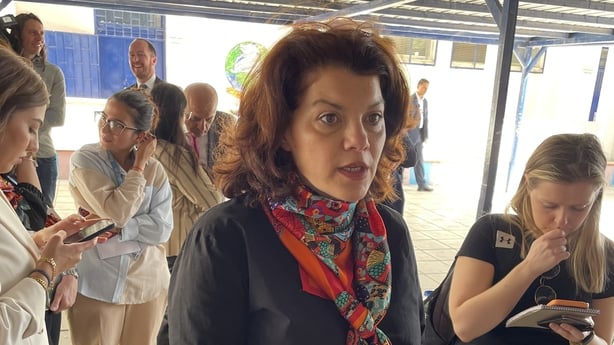
“Many of the children in our schools have relatives in Gaza because this is where they’re originally from. Teachers are very well equipped to deal with the psychological impact and to help children overcome them,” says Ms Alrifai.
“But that is also a reason why funding must continue, so that psycho-social support doesn’t become a luxury but continues being part and parcel of their education.”
The children talk about how they are sad for the kids in Gaza whose parents have died. Of the many thousands of children killed in Israeli airstrikes, Tala says: “Those children will go to heaven.”
After his visit to the school, Tánaiste Micheál Martin said it gave him ammunition to go back to his European Union counterparts to ask them, effectively, who in their right minds would starve such schools of funding?
(While he was at the school, Germany announced it would resume UNRWA support. Given that Berlin is Israel’s number one defender, this represents a significant doubt being cast on Israel’s claims of UNRWA association with the Hamas attacks.)
Overall, however, Mr Martin has come away from his visit in a more pessimistic mood.
He had travelled from a meeting of EU foreign ministers in Luxembourg on Monday to Cairo, where he met his Egyptian counterpart on Tuesday morning, before flying to the Al Airish military airport south of Rafah, and then on by road to the crossing itself, where he met senior UNRWA officials, and those from OCHA, the UN’s humanitarian arm.
They painted a grim picture of thousands of orphaned and traumatised children being looked after by equally traumatised adults – a generational catastrophe – and hinted at an increase in violence against women as law and order broke down.

UN staff have already lost 244 workers in Gaza. Aid drivers are regularly shot at, and being killed. Bodies are increasingly left unburied.
But the phenomenon that seemed to enrage Mr Martin most was the apparently petty and arbitrary nature of what Israel prevents from entering Gaza.
At the Egyptian Red Crescent distribution warehouse, 45 minutes drive south of Rafah, Dr Lofti Gheith explained that Israel insists on four checks for every consignment, including an x-ray scan, meaning 15% of humanitarian aid gets rejected on the basis that it is either dual use (meaning Hamas could use the items for military purposes) or contains luxury goods which are not permitted.
The Israeli authorities deem orange juice and chocolate cookies as luxury items.
However, the banned list includes absolutely vital products, such as solar-powered water filters, CT scan machines and fridges for vaccines or diabetes drugs. Dr Gheith told Mr Martin that people in Gaza had died as a result.
Other products are barely explainable: crutches, wheelchairs, green sleeping bags, cleansing alcohol, stretchers and heavy duty boxes.
Boarding the plane at Al Airish to Jordan on Tuesday evening, the Tánaiste said he could arrive at no other conclusion than that Israel was “collectively punishing” the population of Gaza.
Mr Martin acknowledged that more trucks are getting in – some 500 per day at Rafah, compared to the 800 which UN officials told him were needed.

The increase in humanitarian aid, notwithstanding the rejected items, was a rare bright spot on a mission which was to combine the issue of relief efforts with an update on ceasefire prospects, and the question of how Irish – and other European – recognition of Palestinian statehood might enhance the path to two-state solution negotiations.
However, the issues have been overshadowed by the diminishing hopes for a ceasefire and Israel’s imminent assault on Rafah, where 1.4 million displaced Palestinians are currently sheltering.
Speaking to reporters following his meeting with King Abdullah of Jordan on Wednesday, as well as the engagements in Cairo, Mr Martin said: “I’m pessimistic about the prospects of a ceasefire. I hope I’m wrong. But that’s very bad news.”
In March, talks mediated by Qatar, Egypt and the United States suggested that Israel and Hamas were close to a deal in which a two-phased approach would see Israeli hostages and Palestinian political prisoners released, followed by short- then long-term ceasefires.
A senior source has said that optimism has gone into reverse, with relations between Qatar and Israel in particular deteriorating.
“There’s an absence of political will now on both sides: Israel and Hamas,” said the source. “Neither believe it is in their interests to have a ceasefire now.”
While the short term outlook is grim, the post-war scenario remains hamstrung by Israeli prime minister Benjamin Netanyahu and his hostility to any meaningful role for the Palestinian Authority in Gaza.
Mr Netanyahu is also waxing cold on a two-state solution. That is why Arab states are keen on the Irish and Spanish initiative of recognising Palestinian statehood, potentially within weeks.
During a news conference with Mr Martin on Wednesday in Amman, the Jordanian foreign minister Ayman Safadi explained the reverse engineering of recognition: “We cannot go to the modus operandi of the past, where we work to an open-ended process that got us nowhere.
“We all know what the solution is: that solution is the two-state solution. If the Israeli government is not willing to even discuss that solution, then does the Israeli prime minister have a veto on the future of the region, and will we allow him to doom the region to conflict and war?
“The answer is we should not.”
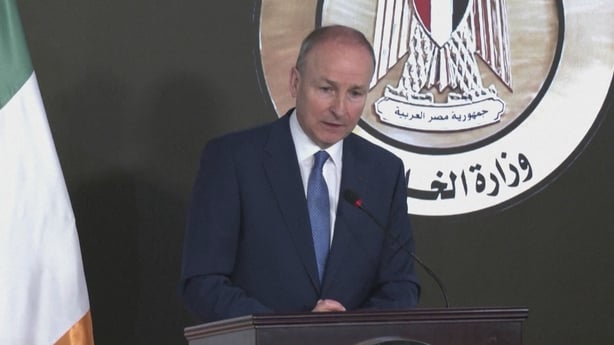
Mr Safadi added: “What we’re suggesting is [to implement] the two-state solution, starting with the endgame, recognising the Palestinian state – and here we recognise the tremendous position taken by Ireland and other European partners – then we walk back to… make sure that this solution is realised.”
The plan is intimately linked with the so-called Arab Peace Initiative, which builds on earlier, stranded peace plans such as the Oslo and Geneva Accords.
The plan was endorsed by the Arab League in 2002 (later updated in 2007 and 2017). It envisages the full normalisation of relations between Arab states and Israel in return for a withdrawal from the West Bank, Gaza, the Golan Heights and south Lebanon.
There would be land swaps to compensate Palestinians for Israeli settlements in the West Bank, a “just settlement” of the Palestinian refugee issue (based on UN Resolution 194), and the creation of a new Palestinian state with East Jerusalem as its capital.
Israel has, to varying degrees over the past 20 years, been hostile to the plan. It objects to the elements regarding the return of refugees, East Jerusalem, and what it believes are insufficient obligations on the Palestinian side to stop terrorism (Israel’s argument is that its withdrawal from Gaza in 2005 did not result in an end to Hamas terror attacks).
However, diplomats say Saudi Arabia, Egypt, Jordan, the Palestinian Authority, the UAE, and Qatar have all acknowledged that Israel’s security concerns need to be given greater emphasis and that they have worked hard on the issue.
The current plan is also more “granular”, setting out more precise timelines and milestones that need to be fulfilled by both sides, with transition periods and specific obligations on the United States and European Union at key moments.
The Arab group has presented the plan to Washington, but there is no verdict yet.
Given the toxic impact of Middle East politics on US electoral politics, the view in Dublin and Madrid is that, while we’re waiting, the Arab peace plan should be embraced – as far as possible – by EU member states, with recognition of Palestinian statehood along the lines described by Safadi being a key element of that adoption.
Such a move would give cover to the Arab plan, and give a morale boost to the Palestinians in the event of serious negotiations getting under way.
During his trip, Mr Martin mentioned the UN General Assembly vote on Palestinian membership of the United Nations (as opposed to recognising statehood) on 10 May.

This is seen as a potential milestone towards recognition (since 11 May is the anniversary of the UN recognising the State of Israel, it is thought that recognition of Palestinian statehood on the same date as the UN vote would be unhelpful).
While a majority of states in the Assembly would be expected to vote in favour of the motion, the votes of individual EU member states will be closely watched: if they support Palestinian membership of the United Nations, it may be seen as a stepping stone towards recognition of statehood.
“It doesn’t mean that everyone who votes for it will end up necessarily following up with recognition, but it does give us a context for recognition,” says a senior source.
Some observers believe the tide is turning in favour of recognition.
Eight EU members already recognise the State of Palestine, with Sweden adopting the position in 2014, and the others – Poland, Bulgaria, Romania, Hungary, Czechia, Slovakia and Cyprus – having done so before they joined the EU.
Spain – which, along with Ireland, Malta and Slovenia, is publicly committed to recognition – wants the group of four to move by July. Both Ireland and Spain have been lobbying hard to get more members to come forward, hosting dinners in Brussels and elsewhere.
Norway, a non-EU member, has already committed to recognition, while Belgium is thought to be considering joining the group. There is also speculation that France and Portugal are sympathetic, the latter’s interest having been complicated by a recent election.
“It is paradoxical that the Western countries that so often repeat that peace between Israelis and Palestinians must be based on the two-state solution are those that only recognise one of them (Israel) but not the other (Palestine),” writes Haizam Amirah Fernández, a senior analyst at the Spanish Elcano Royal Institute.
“This is mainly due to the pressure that several of these countries receive from Israel and the US… [However], recognition would weaken Hamas and its supporters, especially if a Palestinian Authority with democratic legitimacy were to be renewed and strengthened.”
Six months after the 7 October Hamas attacks, there are few signs that the region is moving towards a pause. Iran’s massive drone and missile attack against Israel two weeks ago has signaled that power in Tehran has shifted to younger and more radical members of the government.
While both sides have indicated they do not want to escalate things into a full-scale war, Israel has hinted that it is keeping Hezbollah, Iran’s most powerful proxy, in its cross-hairs.
If an invasion of Rafah goes ahead, sources say Egypt will do everything to protect its security and territory – meaning preventing refugees from breaking out of Gaza and heading south.
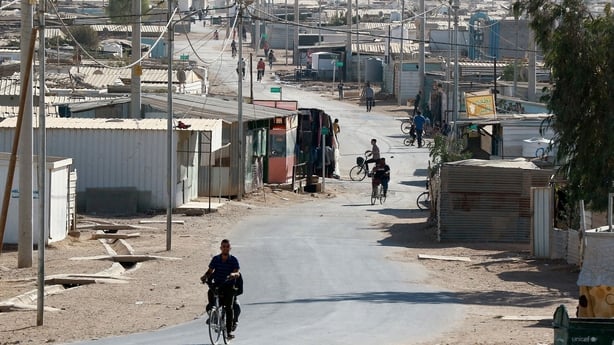
Pressures are also building on Jordan, with 1.3 million Syrians having migrated into Jordan in recent years. Amman is also extremely worried about the explosive situation in the West Bank, with Palestinians seething at an increase in Jewish settler violence and Israeli raids which have left hundreds dead.
All this comes at a moment when western and regional aid has been cut back.
Yet, in Talbieh school, the children continue to dream. The girls in the classroom we spoke to said their true home was Palestine, even though they and their parents were born and grew up in Jordan.
“We would like to go back, in our lifetime,” says 12-year-old Majd Ahmad Abn Jarrar. “It’s our land.”
Nidal Ahmad, UNRWA’s chief area director for South Amman, has his own view.
A Palestinian refugee himself, who recalls studying in his tent in the 1970s after the Six Day War, he says: “We need two independent states, living in peace and dignity, where we can enjoy our own security.”
The concept of the two-state solution has been given unprecedented momentum by the Gaza War, and the belief that the cycle of violence simply must end. However, given the imminent assault on Rafah, it seems as far away as ever.


